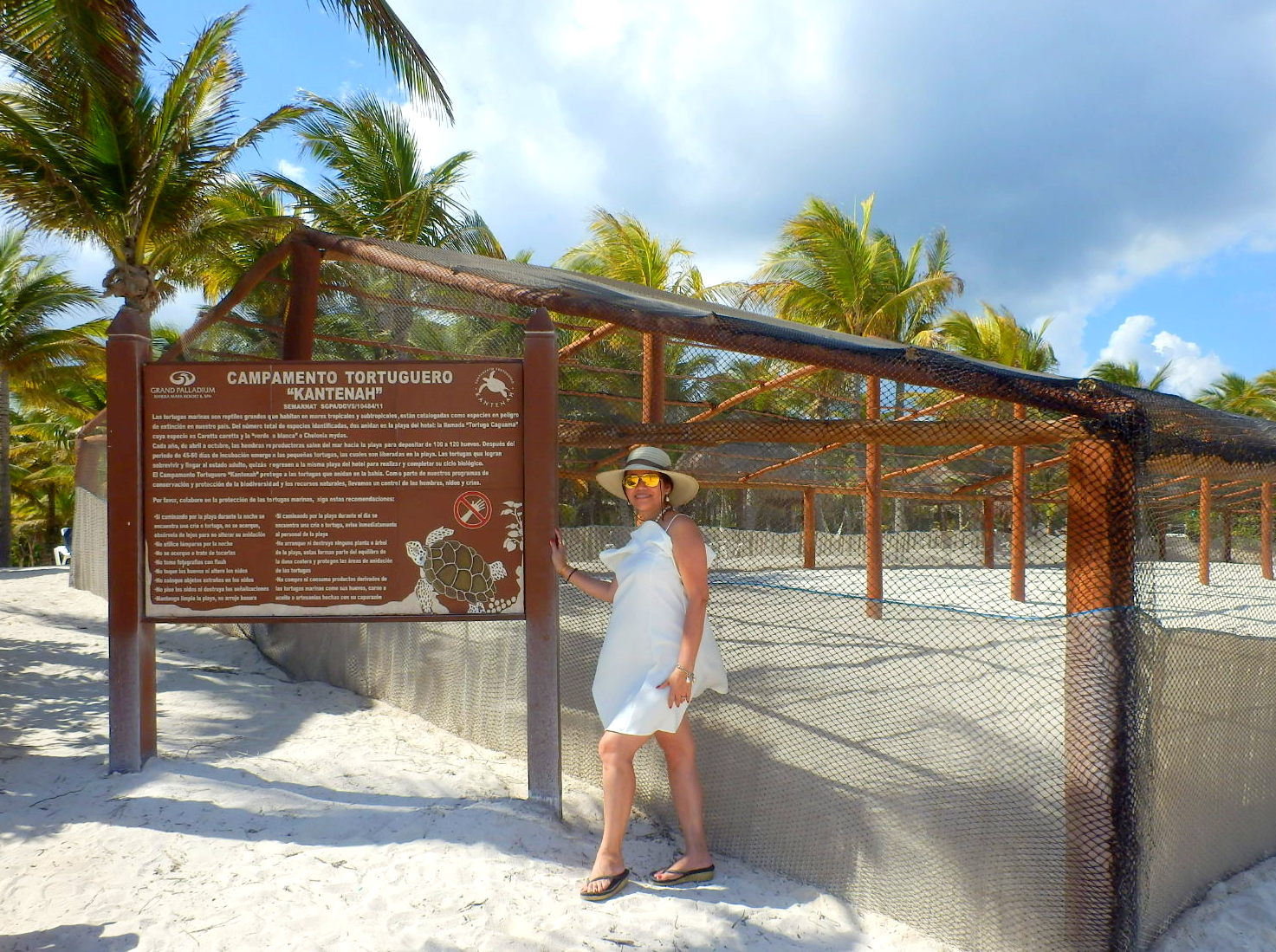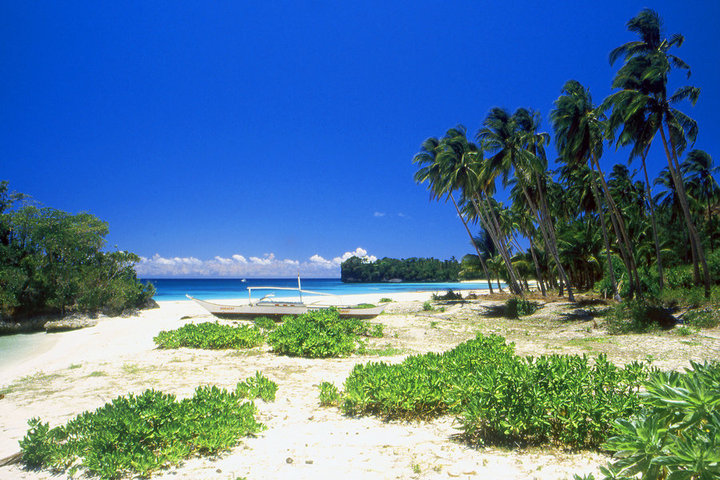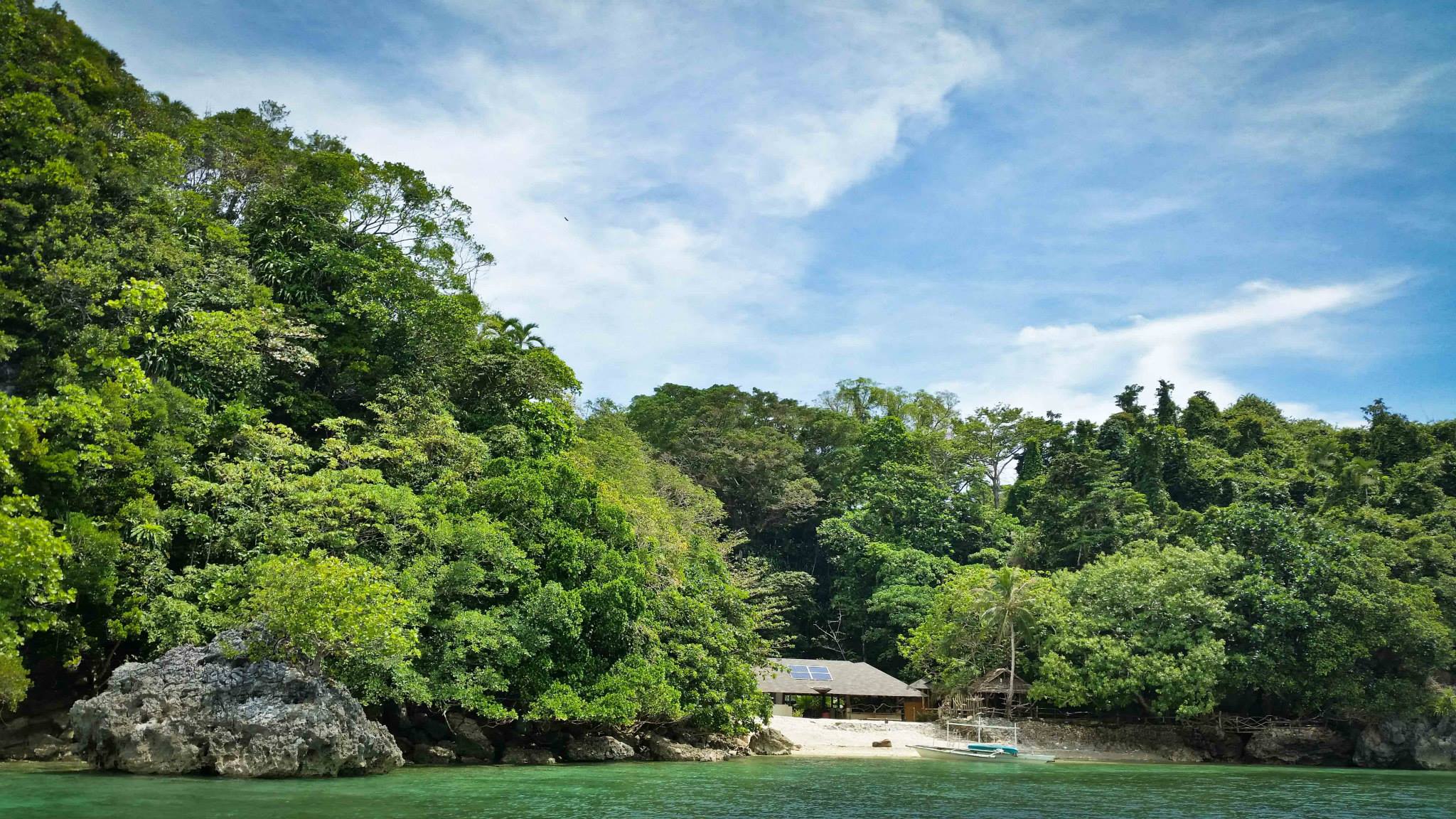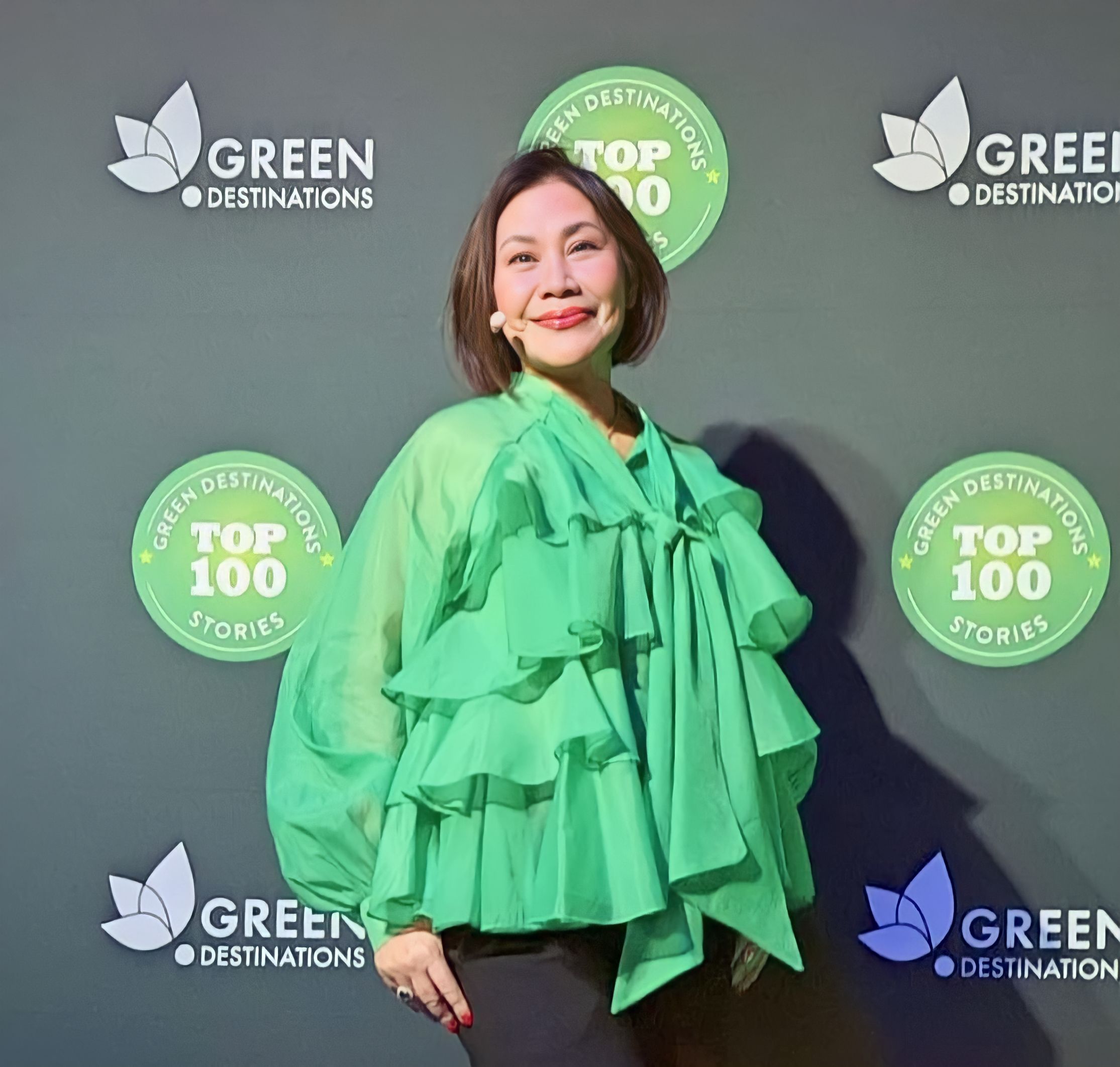
Andaz Resort, Mayakoba, Playa del Carmen, Quintana Roo, Mexico
The first Sustainable Tourism National Forum in the Philippines was held in Boracay Island, just days before it was declared a cesspool by the President and thereby ordered its closure for six months for “rehabilitation”. Even before the Conference, a lot of controversy arose why Boracay Island was chosen as the venue, as it is not exactly an example of sustainable tourism. Our Society for Sustainable Tourism (SST) and countered, the island at its then deplorable environmental state is the best graphic showcase to learn the lessons about flawed tourism development and how to avoid the pitfalls of unsustainable tourism practices.


At the National Forum, Guest Experts all the way from Playa del Carmen, Riviera Maya, Mexico, came to share the lessons and good practices of resort developments and sustainable management of beach destinations. Ms. Beatriz Barreal, CEO and Founder of Sustainable Riviera Maya, GSTC Country Representative and Trainer, the force behind the public-private stakeholders’ cooperation in the area and recently working towards México Sostenible, and

Architect Arturo Amaya, of Dirección Arquitectonica SC, and original team member behind the development of Mayakoba, a group of sustainable resorts in Quintana Roo gave vivid insights on sustainable tourism development and stewardship in Playa del Carmen.

SST President and CEO, Ms. Susan Santos de Cardenas herself shared the best practices of these sustainable resort- models as she visited and experienced first-hand, not only as a guest but also as a seasoned hotelier to verify the “back-of-the-house” operations of each and every accredited GSTC-complied, Sustainable Riviera Maya Ambassador.
The Grand Palladium Riviera Resort & Spa considered environmental impacts throughout all phases of its construction and operations. Only thirteen percent (13%) of the 200-hectare property is built up. Eighty-seven percent (87%) of the terrain is used for habitat conservation of marine and coastal biodiversity. Among its GSTC complied standards: structures are low level in height designed to blend with their surroundings; recycled/captured water is 73% of the usage; energy efficient and low GHG emission; ecological solid waste management and recycling programs; sustainable purchasing– 97% of consumable products are locally produced; community empowerment and support programs.


The environment features a network of underground rivers that feed three cenotes and extensive mangrove forests that serve as important habitats for fish and wetland bird species. The four massive hotels educate their staff, guests and local community about ways to reduce their ecological impacts, with twice weekly programs respectively. Palladium is known for its commitment to helping the communities in which they have properties by sharing the area’s natural resources while simultaneously working to mitigate the impact of climate change and fortify the area’s resilience to natural disasters and resource conflicts. Sea turtle conservation is a priority as one of its beaches is a nesting ground for Green and Hawksbill turtle species, thus, the beach area is fenced off from the public between May and October annually. No, sir, they do no such downright unwitting activity as “turtle release” program!

Paradisus, Playa del Carmen, a model of sustainable efficiency. On top of its development philosophy, is the advocacy that the resort was built following international regulations and agreements focused on environmental development. Special considerations in the design include biodiversity protection and restoration (coral reefs, dunes, mangroves and jungle), correct use of streams and a solid and dangerous residues urban management plan.

Other good practices adhering to the GSTC standards include ecological impact relief and carbon footprint reduction, osmosis plant, water metering regulation and discharge control, sustainable hydro hotel certification, waste management and recycling, greenhouse gas inventory and emission reduction, flora and fauna inventory and endangered species conservation program, all Silver EarthCheck certified.
From its groundwork, Mayakoba was envisaged as a resort development with preservation of biodiversity and ecosystems at its core and one of the best examples of sustainability in the country. The integrated design of tourism infrastructure was to follow the contours of the existing topography, to enhance, not replace, the ecological make-up of the place. Architects, biologists, geologists and engineers worked to map out the master plan, that does not destruct, but even boost its environmental assets. As part of the original team that worked on the master development, Architect Arturo Amaya showed us during our inspection tour of the four properties, the epitome of resorts development that corresponds to the local community in a harmonious way.


From flora and fauna inventory and management, new species “migrated” and used the property’s natural resources as their habitat, and for 16 years, coastal and marine species are monitored and inventoried. Likewise, its integral management of solid, water and hazardous waste are carried out in accordance to the law and observed with a Waste Management Plan. Environmental, social and cultural outreach is performed not only for the staff but also all the guests and visitors. Mayakoba is certified by Rainforest Alliance and is a UNWTO Ulysses Awardee in Innovation of companies with sustainable and socially responsible development.
Since 2010 to date, our Society for Sustainable Tourism have proposed to the Department of Tourism (DOT) and talked with three Department Secretaries about adopting the UNWTO – Sustainable Tourism criteria, to no avail. Recently, the newly appointed DOT Chief is pronouncing “sustainable tourism” as the norm for the country, however, we have yet to see if they are Green Destinations standards and not just green washing. No ifs and buts here. If the Department of Tourism, DENR, DILG and all the other government agencies concerned truly want to save Boracay for a longer time, and all the other Philippine tourist destinations for that matter, then it’s high time for the Philippine tourism industry, public and private stakeholders and developers to adopt and implement GSTC Standards not only for destinations but also for resorts, tour operators and businesses, like most of its ASEAN neighbors.
Our Society for Sustainable Tourism & Development Inc.-SST offers Learning, Capacity Building, Educational programs, Green Solutions and Services for public stakeholders: Destinations – LGUs and host communities; Private stakeholders – Hotels, Resorts, Hospitality, Tour Operators and Businesses with Green Destinations, Global Leaders Program and Green Travel Guide platform to include Environmental Conservation and Compliance, Good Governance, Climate Resilience, to address global challenges of the United Nations’ Sustainable Development Goals (SDGs): food security, poverty alleviation, environmental sustainability and climate resilience for the local host community. Water waste -STP (P.T. Amanaid Philippines) and Waste to Energy (W2E) solutions as well as other green destinations innovations are now offered to LGUs and tourism industry for law compliance.
For more information and assistance, contact us.




